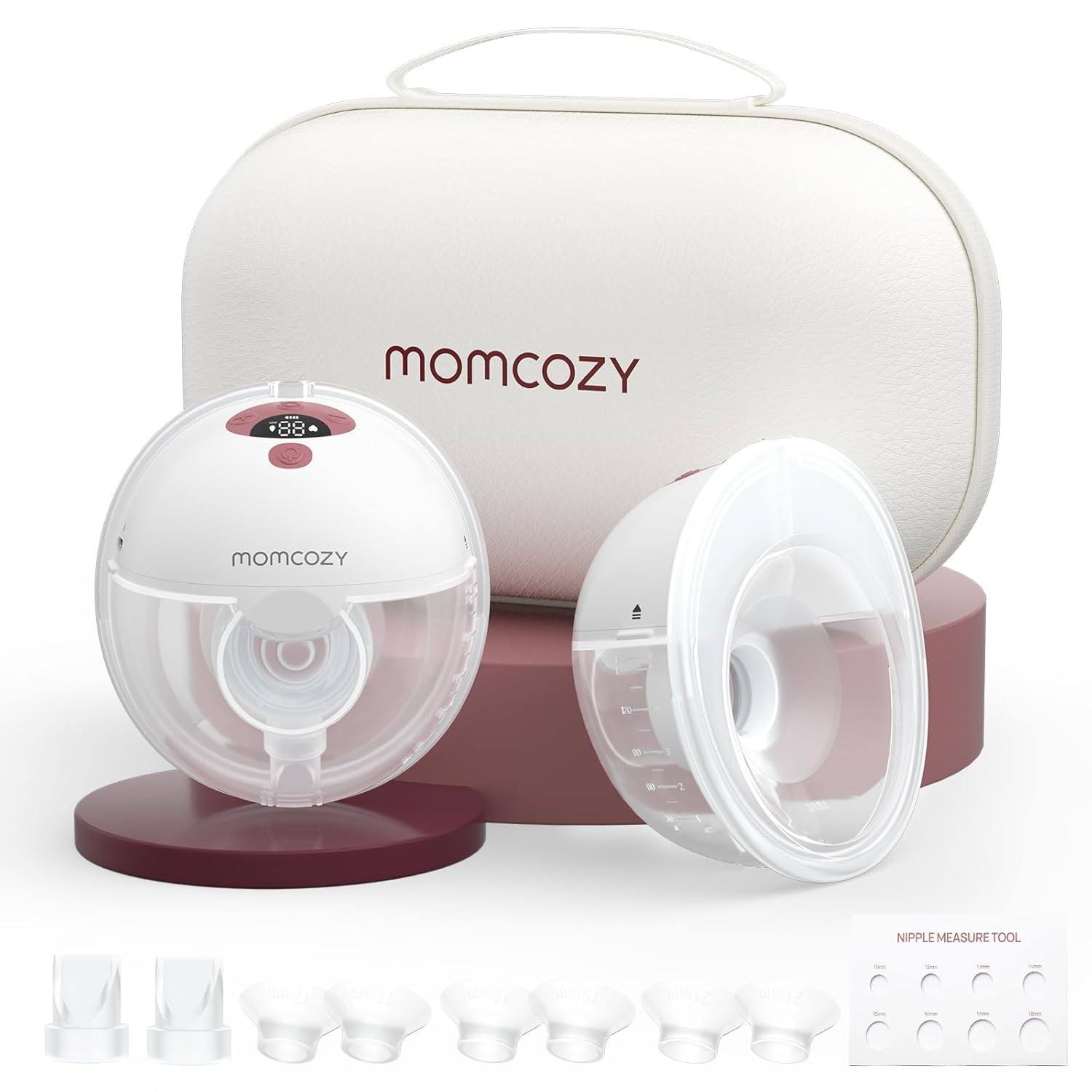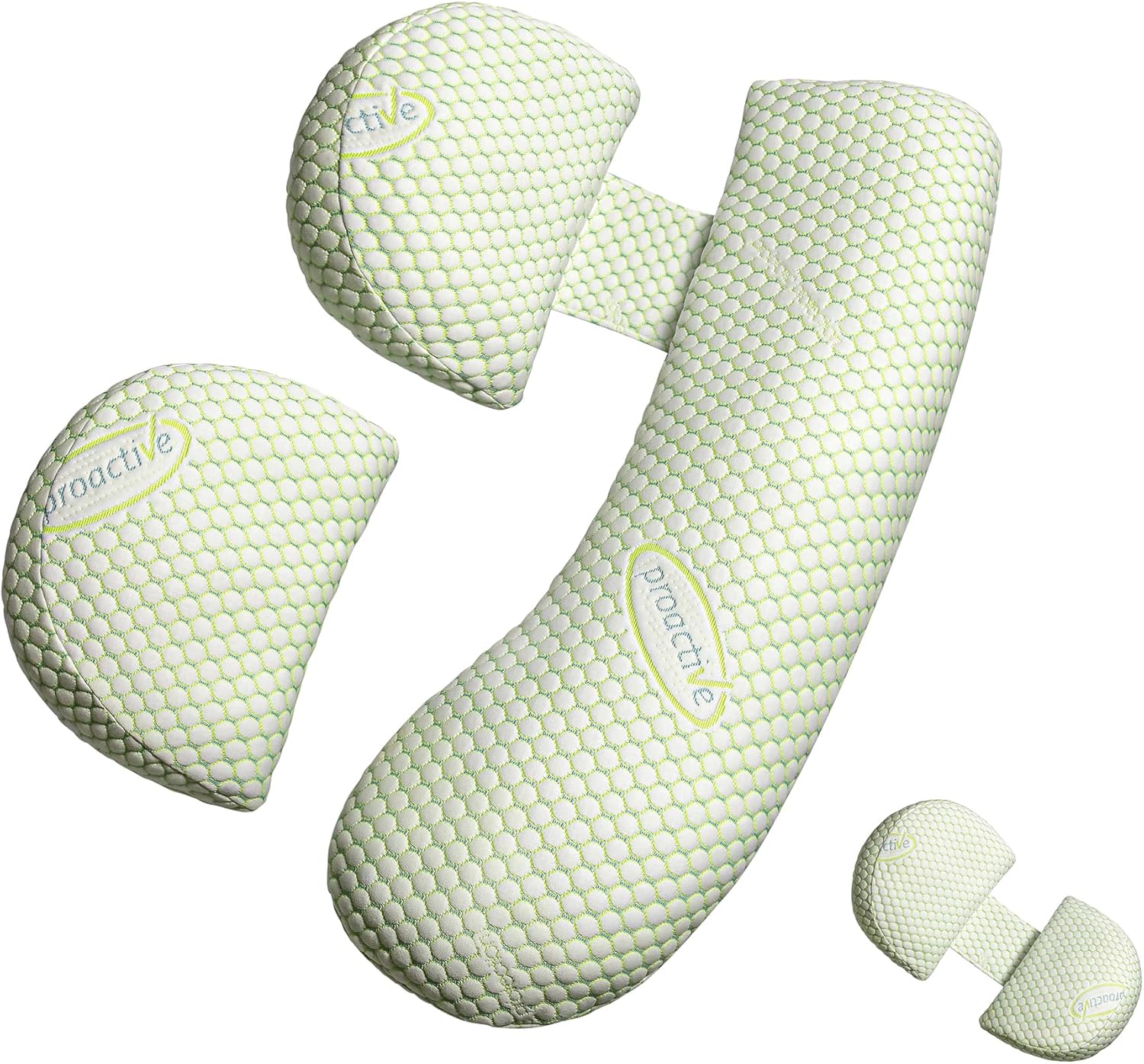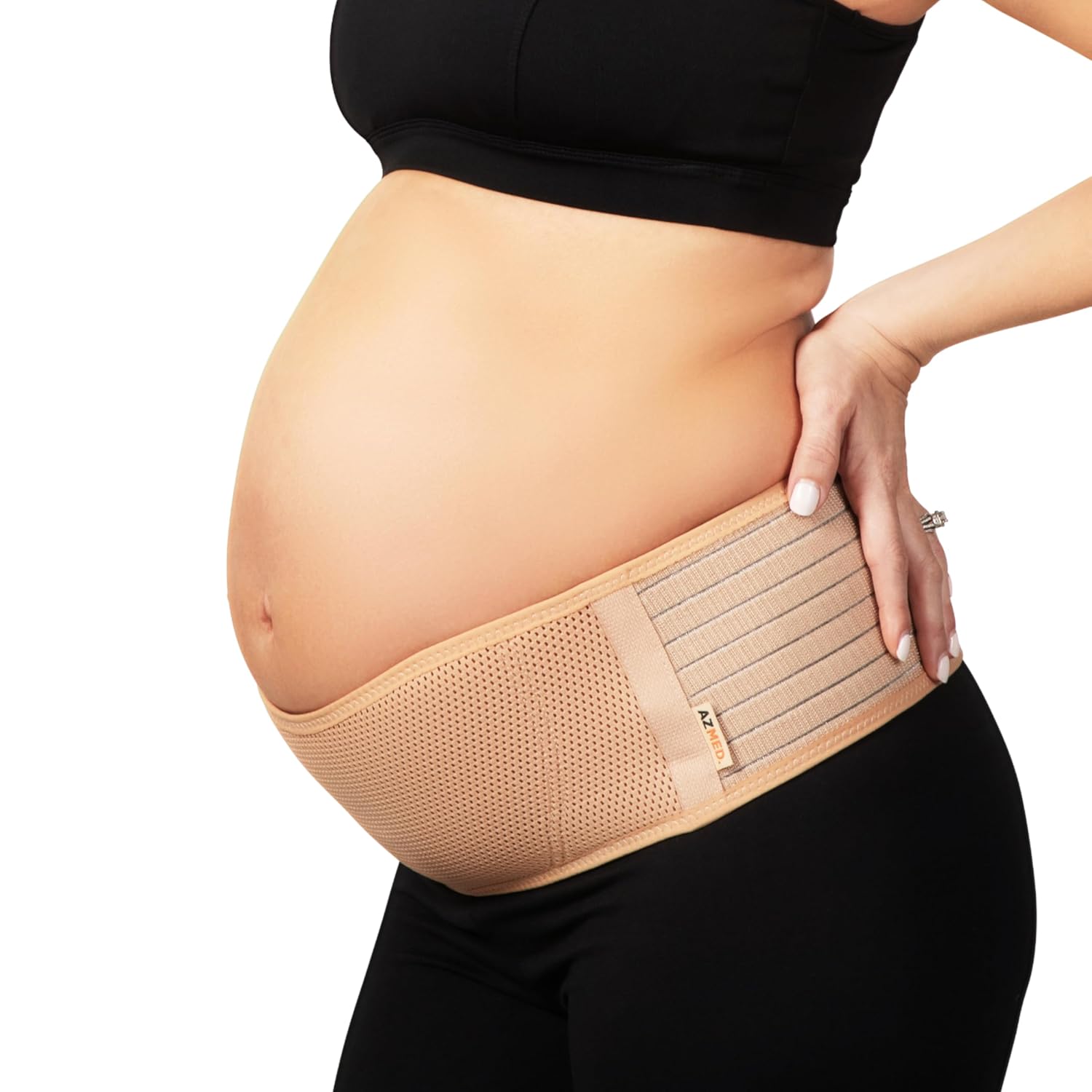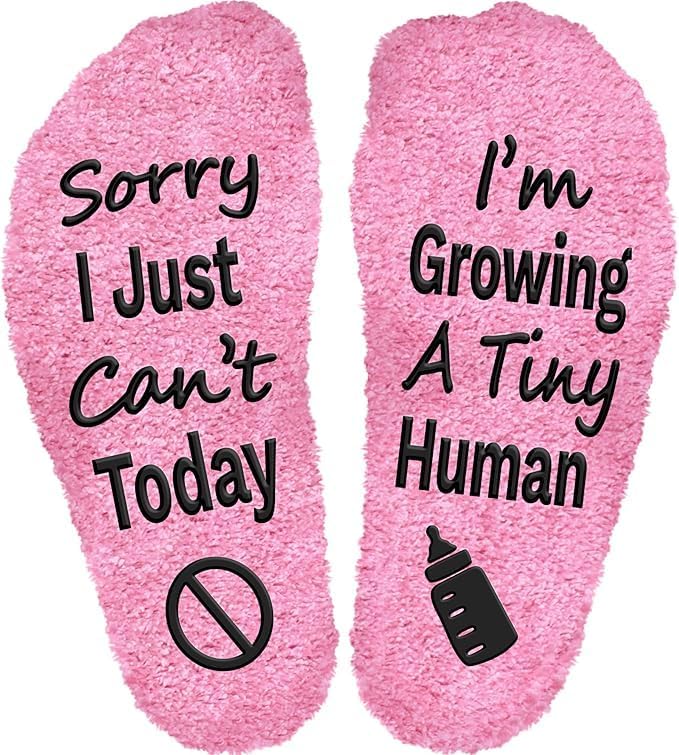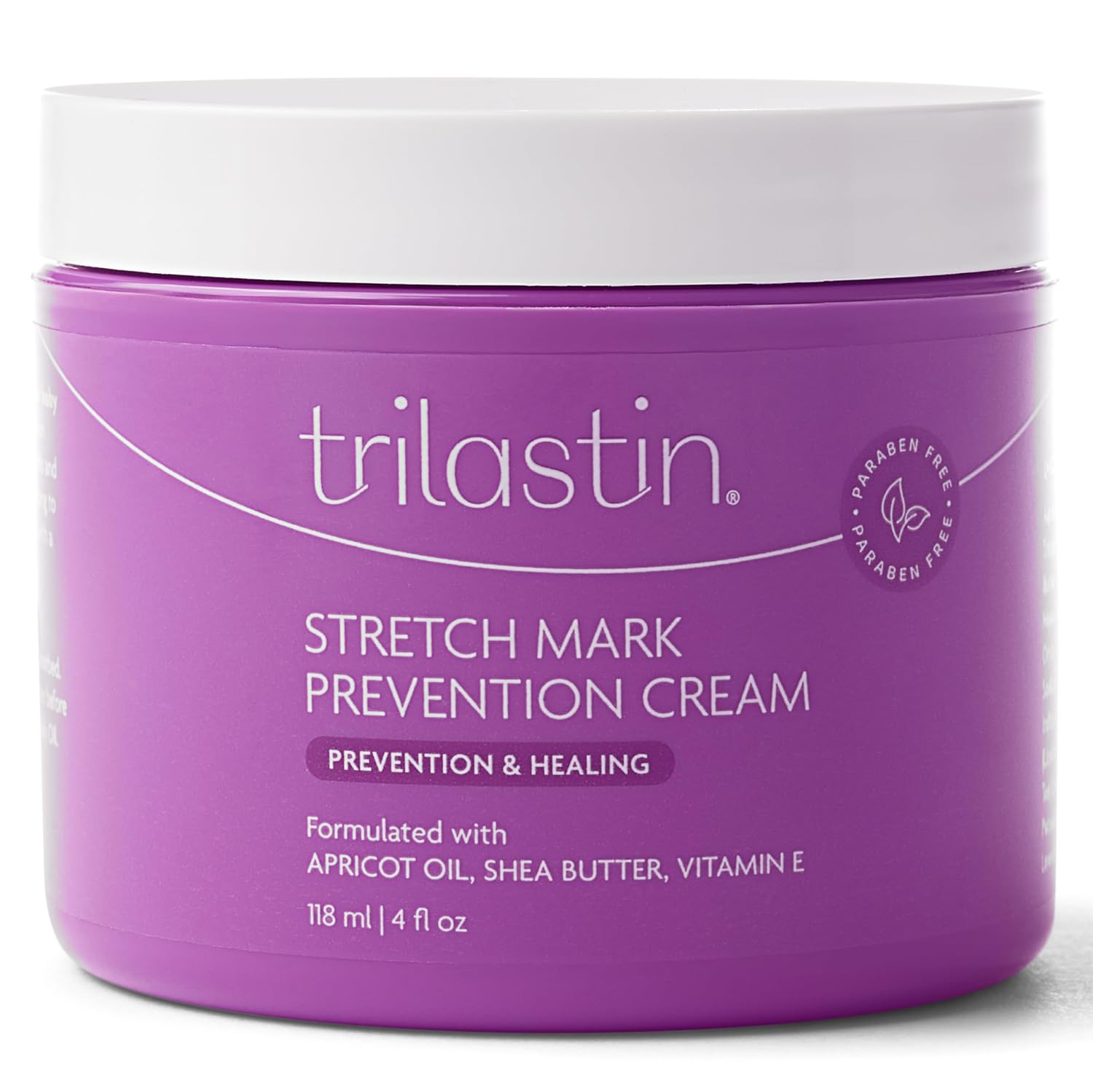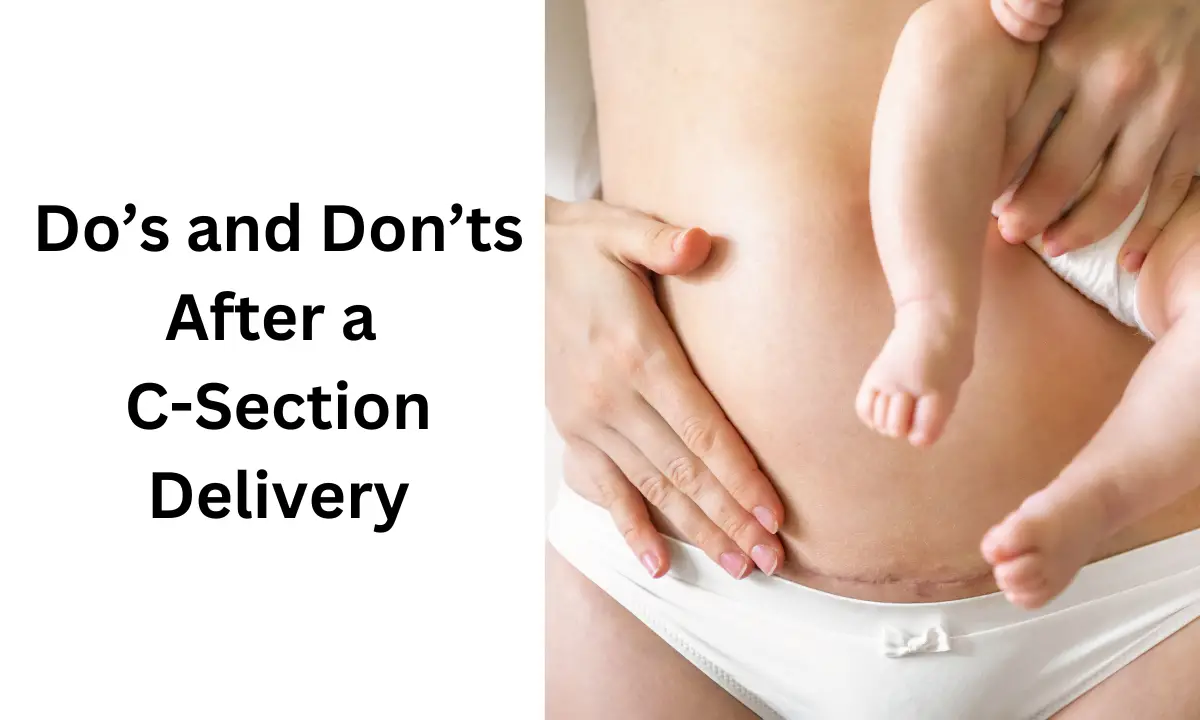
Recovering from a C-section takes patience and care. Follow your doctor’s advice, listen to your body, and take it step by step for a smoother healing process. Embrace motherhood while allowing your body time to regain strength.
Recovering from a C-section delivery can be a unique journey filled with questions and concerns. Whether it’s about physical recovery, daily activities, or managing your emotions, this guide offers practical advice to help you heal confidently.
Understanding C-Section Recovery
Why Is C-Section Recovery Unique?
A Cesarean section involves surgical incisions in your abdomen and uterus, making the recovery process different from a vaginal delivery. Naturally, you might wonder, How many days can we take rest after a C-section? While it’s common to need 4–6 weeks to feel more like yourself, complete recovery can take up to 12 weeks. During this time, prioritize rest and follow a balanced routine for optimal healing.
What Is the Hardest Day of Recovery?
Many women report that the first two days after a C-section are the hardest due to incision pain and restricted movement. However, with proper pain management and support, each day becomes easier.
Do’s and Don’ts After a C-Section Delivery: A Comprehensive Guide
The Do’s After a C-Section
1. Prioritize Rest and Comfort
Rest is crucial during the initial days post-surgery. Some may ask, Can I sit in bed after a C-section? Yes, sitting in bed is fine as long as you’re supported with pillows to avoid straining your incision. For added comfort, consider the pillow trick for a C-section. Place a soft pillow against your abdomen while sitting, standing, or coughing to minimize discomfort.
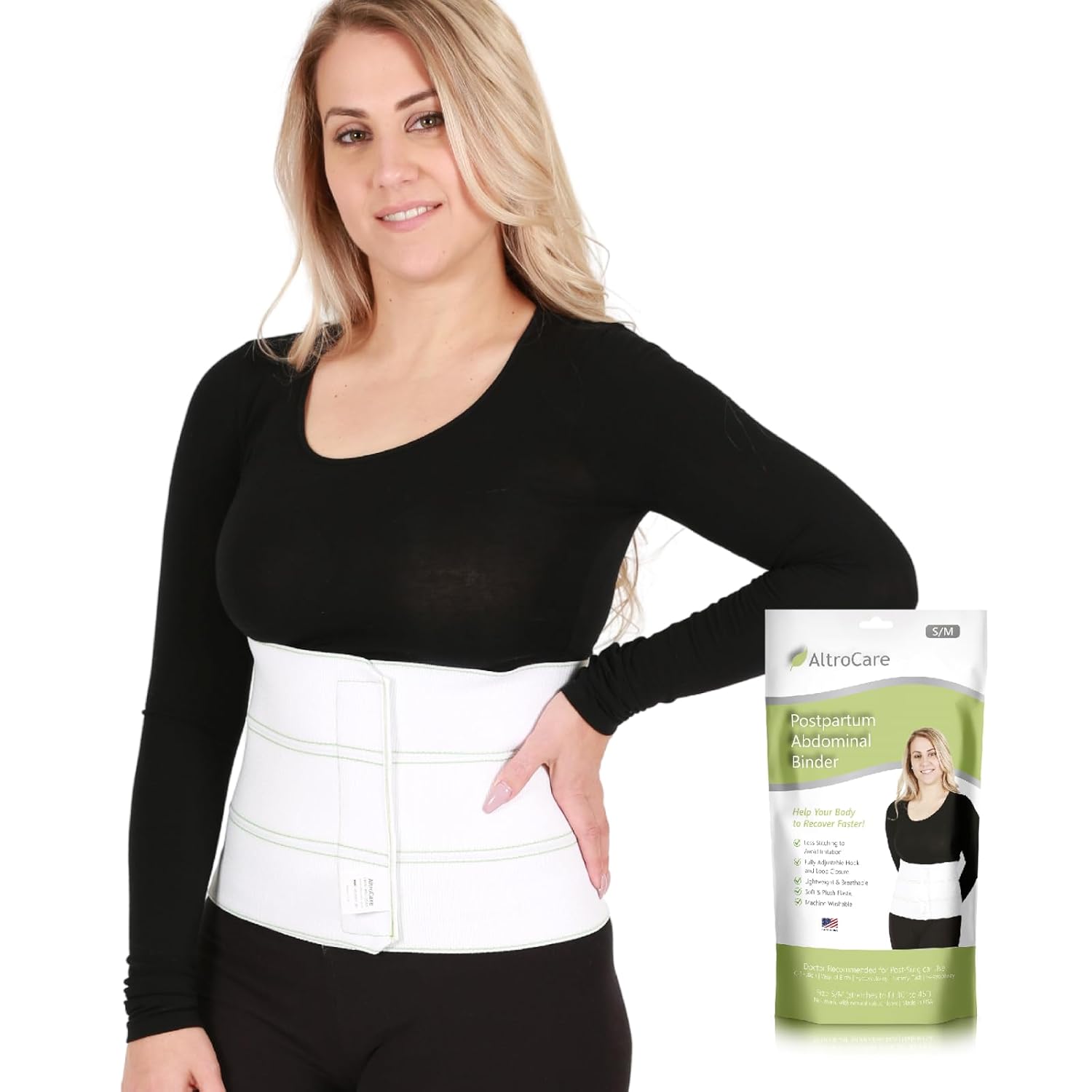
2. Take Care of Your Incision
How do I know my C-section is healing inside? Healing is generally on track if there’s no redness, swelling, or discharge from the incision. Clean the wound gently at home with warm water and mild soap, pat it dry, and avoid touching it unnecessarily. Stop dressing the wound only when your doctor advises you.
3. Stay Active Safely
While rest is important, light activity such as walking helps improve circulation. When to sit on the floor after a C-section? Doctors usually recommend waiting at least 6–8 weeks before attempting activities like sitting on the floor, as bending too soon can strain the abdominal muscles.
4. Eat and Drink Wisely
Staying hydrated is critical for healing. Some may wonder, Can I drink water immediately after a C-section? Yes, unless advised otherwise by your doctor. A nutritious diet supports recovery, but avoid gas-inducing foods or overly spicy dishes, as they can lead to bloating and discomfort.
The Don’ts After a C-Section
1. Avoid Heavy Lifting and Bending
What happens if I bend after a C-section? Bending too soon can put unnecessary pressure on your incision and slow healing. Use tools like grabbers or ask for help with chores.
2. Avoid Straining During Bowel Movements
Constipation is common after a C-section, but it’s important not to push hard. Can I push to poop after a C-section? Straining can affect your stitches, so use stool softeners or fiber-rich foods to ease bowel movements.
3. Be Cautious While Coughing or Sneezing
Coughing affects C-section stitches if done forcefully. Support your abdomen with a pillow when coughing to protect the incision site.
Answering Common Concerns About C-Section Recovery
1. How Can I Reduce My Tummy After a C-Section?
Reducing your tummy after a C-section takes time. Begin with light walking and, once cleared by your doctor (usually after 8 weeks), incorporate gentle core-strengthening exercises. Breastfeeding may also help in shedding extra pounds naturally.
2. How to Pee After a C-Section?
Peeing after a C-section can be challenging due to incision pain or anesthesia effects. Lean slightly forward while sitting on the toilet and take your time. Drinking warm water or applying gentle pressure with a warm compress on your lower abdomen can stimulate urination.
3. What Is the Golden Hour After a C-Section?
The golden hour refers to the first hour after birth when skin-to-skin contact between the mother and baby is encouraged. It promotes bonding, stabilizes the baby’s temperature, and stimulates breastfeeding.
4. When Does Milk Come In After a C-Section?
Milk production typically starts within 2–4 days post-delivery. Until then, colostrum, the nutrient-rich first milk, will provide all the nutrition your baby needs.
5. How Big Is a Cesarean Scar?
The average C-section scar is about 4–6 inches long and typically located just above the bikini line. Over time, the scar fades and becomes less noticeable. Some women choose to use scar creams or wear high-waisted pants to hide the scar.
Lifestyle Adjustments After a C-Section
1. Dressing and Clothing
Can I wear pants after a C-section? Yes, but choose loose, high-waisted pants or dresses that don’t rub against your incision. Avoid tight or low-waisted clothing until the area is fully healed.
2. Using the Toilet
Many wonder, How to use an Indian toilet after a C-section? While squatting on an Indian toilet can strain your abdominal muscles, it’s best to use a Western-style toilet or seek assistance until you regain core strength.
3. Addressing Side Effects of a C-Section
Side effects like bloating, back pain, or tenderness around the scar are common. If symptoms persist or worsen, consult your doctor.
FAQs About C-Section Recovery
What not to eat after a C-section delivery?
Avoid overly spicy, fried, or gas-inducing foods like cabbage, beans, and carbonated drinks. These can cause bloating and discomfort.
How to hide my C-section flap?
Postpartum shapewear or high-waisted undergarments can help tuck in excess skin gently and comfortably.
How long is C-section pain normal?
Mild pain can persist for up to 6 weeks. However, if the pain intensifies or you notice other symptoms, consult your doctor immediately.
Does coughing affect C-section stitches?
Yes, forceful coughing can strain stitches. Use a pillow to support your abdomen when coughing.
When to stop dressing a C-section wound?
Stop dressing only when your doctor confirms the incision has healed sufficiently, usually after 1–2 weeks.
Ease Your C-Section Recovery with This Must-Have Kit
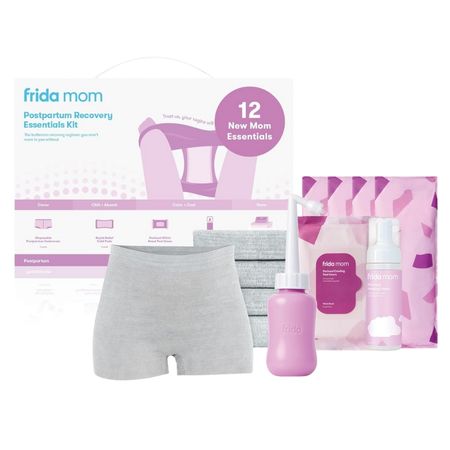
Conclusion
Recovering from a C-section is a journey that requires patience, care, and support. By understanding what to do and what to avoid, you can ensure a smoother healing process. Listen to your body, follow your doctor’s advice, and take one step at a time. Remember, your recovery isn’t just about healing—it’s about embracing motherhood while giving your body the time it needs to regain strength.
We hope you have found this article informative and will use it as a reference guide to help you with speeding up your recovery after C-section delivery.













